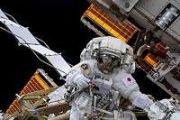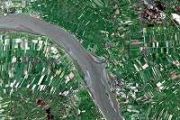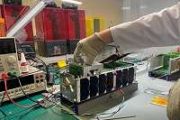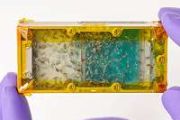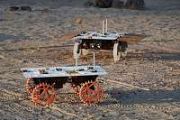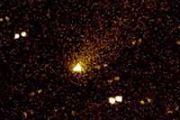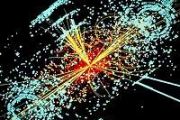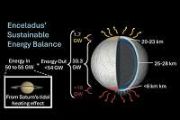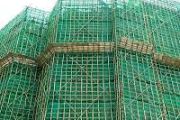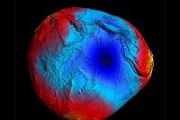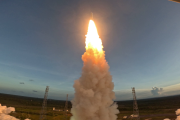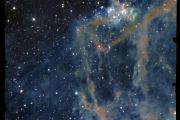
Copernical Team
On the road to cultured meat for astronauts (and Earthlings)
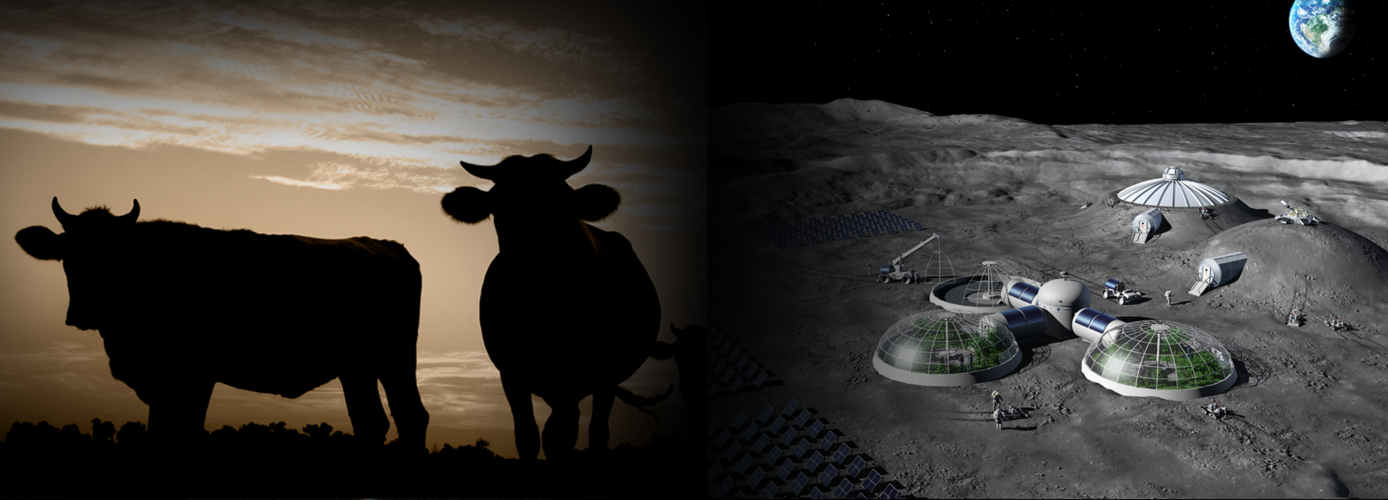
Cultured meat could be a game changer for the environment, food security, human health and animal welfare. But some challenges prevent it from reaching its full potential. Now ESA is supporting researchers to explore the possibility of growing cultured meat to feed astronauts. Overcoming the challenges of growing meat in space could also help us find solutions to produce it sustainably and effectively on Earth.
ESA-developed P120C solid rocket motor enters production
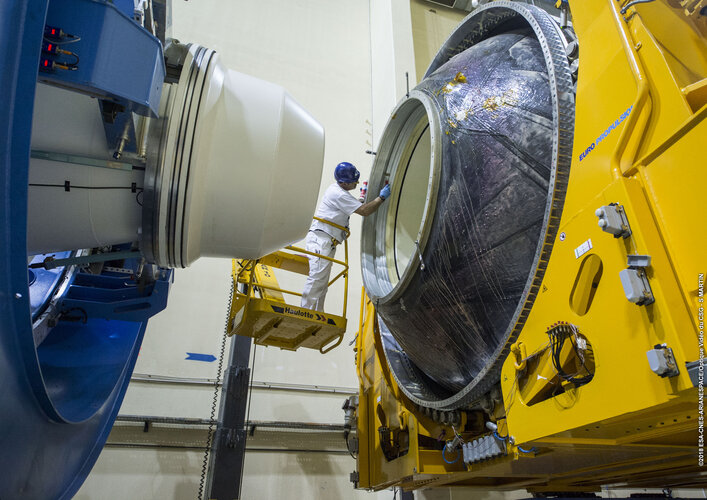
ESA’s Ariane 6 and Vega-C will soon join the family of launch vehicles operating from Europe’s Spaceport in French Guiana to guarantee more opportunities for Europe to reach space. The P120C motor, which will power both Ariane 6 and Vega-C, will soon come into operations with the Vega-C inaugural flight.
Harmony in the Wadden
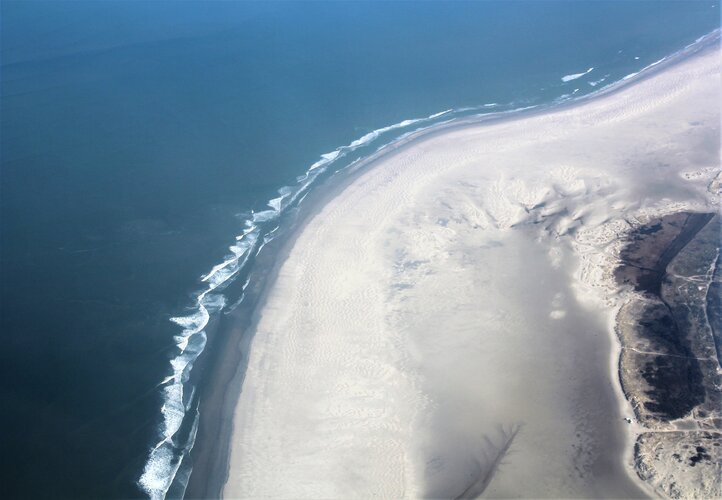
An important milestone in the development of ESA’s tenth Earth Explorer satellite mission, Harmony, has been reached thanks to two aircraft flying in tight formation over the Dutch Wadden Islands collecting key data on sea state and currents. The main purpose of this tricky airborne experiment is to mimic the geometry at which the Harmony satellites will measure various aspects of ocean dynamics to understand how air and the ocean surface interact, which, in turn, will improve weather prediction and climate models.
Environmental data for researchers worldwide
 The Environmental Mapping and Analysis Program (EnMAP) satellite sees the world very differently from the way the people who live there do. The German environmental satellite measures the solar radiation that is reflected by Earth's surface. EnMAP not only captures visible light, but also short-wave infrared.
These data allow precise conclusions to be drawn about conditions and changes on
The Environmental Mapping and Analysis Program (EnMAP) satellite sees the world very differently from the way the people who live there do. The German environmental satellite measures the solar radiation that is reflected by Earth's surface. EnMAP not only captures visible light, but also short-wave infrared.
These data allow precise conclusions to be drawn about conditions and changes on SpacePharma to launch three experiments on AXIOM-1 flight
 SpacePharma is preparing to launch three sets of experiments to orbit on the AXIOM-1 flight.
One is ALEPH FARMS - Meat for Space, which tests a technology for growing meat products from animal cells. The second is CADW which examines whether a specific DNA damage pathway is activated by microgravity. And the third is AMORPHICAL which examines the influence of Amorphous Calcium Carbonate on
SpacePharma is preparing to launch three sets of experiments to orbit on the AXIOM-1 flight.
One is ALEPH FARMS - Meat for Space, which tests a technology for growing meat products from animal cells. The second is CADW which examines whether a specific DNA damage pathway is activated by microgravity. And the third is AMORPHICAL which examines the influence of Amorphous Calcium Carbonate on Japanese space industry startup "Synspective" raises US $100M
 Synspective Inc., a SAR satellite data and solutions provider, announced that the company has raised US $100M (11.9 billion yen) including a Series B funding round. The latest funding was led by Sompo Japan Insurance Inc. (Tokyo, Japan), Nomura SPARX Investment, Inc. (Tokyo, Japan), and Pavilion Capital Pte. Ltd. (Singapore) among others, as well as bank loans, and it is supposed to be ranked wi
Synspective Inc., a SAR satellite data and solutions provider, announced that the company has raised US $100M (11.9 billion yen) including a Series B funding round. The latest funding was led by Sompo Japan Insurance Inc. (Tokyo, Japan), Nomura SPARX Investment, Inc. (Tokyo, Japan), and Pavilion Capital Pte. Ltd. (Singapore) among others, as well as bank loans, and it is supposed to be ranked wi SKorea test-fires solid-fuel space rocket
 South Korea successfully test-fired a solid-fuel space rocket Wednesday, the defense ministry said, following North Korea's intercontinental ballistic missile (ICBM) launch last week.
The state-run Agency for Defense Development conducted the first such test at a testing site in Taean, 150 kilometers southwest of Seoul, to confirm capabilities of the homegrown space launch vehicle, accordi
South Korea successfully test-fired a solid-fuel space rocket Wednesday, the defense ministry said, following North Korea's intercontinental ballistic missile (ICBM) launch last week.
The state-run Agency for Defense Development conducted the first such test at a testing site in Taean, 150 kilometers southwest of Seoul, to confirm capabilities of the homegrown space launch vehicle, accordi Why did North Korea fake a 'monster missile' test?
 North Korea faked a "successful" launch of its most powerful long-range missile to shore up domestic support for Kim Jong Un's regime after the real test ended in failure, analysts say.
State media trumpeted the "miraculous" launch of what it claimed was a new Hwasong-17 intercontinental ballistic missile on March 24, publishing dramatic photos and videos of leader Kim personally overseeing
North Korea faked a "successful" launch of its most powerful long-range missile to shore up domestic support for Kim Jong Un's regime after the real test ended in failure, analysts say.
State media trumpeted the "miraculous" launch of what it claimed was a new Hwasong-17 intercontinental ballistic missile on March 24, publishing dramatic photos and videos of leader Kim personally overseeing Lockheed Martin demonstrates layered missile defense for US Army
 Lockheed Martin, the Missile Defense Agency (MDA) and the U.S. Army have further integrated the PAC-3 Missile Segment Enhancement (MSE) interceptor into the Terminal High Altitude Area Defense (THAAD) Weapon System - resulting in a more tightly integrated, layered missile defense system.
During a test, the THAAD system successfully launched a PAC-3 MSE to intercept a tactical ballistic mis
Lockheed Martin, the Missile Defense Agency (MDA) and the U.S. Army have further integrated the PAC-3 Missile Segment Enhancement (MSE) interceptor into the Terminal High Altitude Area Defense (THAAD) Weapon System - resulting in a more tightly integrated, layered missile defense system.
During a test, the THAAD system successfully launched a PAC-3 MSE to intercept a tactical ballistic mis Next-Generation Polar is indispensable in highly contested space
 On the battlefield, snipers rarely work alone. Snipers act as part of a system with a spotter who surveys a wide area to identify potential targets. That's one way to think about the Next-Generation Overhead Persistent Infrared (OPIR) system, according to Mike Ciffone, director of programs, OPIR, Northrop Grumman.
The Next-Generation Polar (NGP) satellites act as the spotter, surveying an
On the battlefield, snipers rarely work alone. Snipers act as part of a system with a spotter who surveys a wide area to identify potential targets. That's one way to think about the Next-Generation Overhead Persistent Infrared (OPIR) system, according to Mike Ciffone, director of programs, OPIR, Northrop Grumman.
The Next-Generation Polar (NGP) satellites act as the spotter, surveying an 





